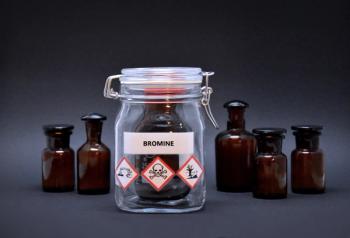
Impact of ADHD Treatment on Risky Behaviors
Benefits of drug therapy include fewer STDs, injuries, and substance use disorders
RESEARCH UPDATE
ADHD medication reduces risky behavior in children and teens, according to a new study.
Some 8% of US children have an ADHD diagnosis and 70% of them take medications, yet little evidence exists on the effects of ADHD treatment on children’s risky behaviors, state the researchers, led by Anna Chorniy at Princeton University.
“ADHD is such a major issue, but no one seemed to be able to give a very definite answer to the long-term effect of the medication. For our sample population, we were able to see everyone who had an ADHD diagnosis and track their health over time to identify any potential benefits of the medication or the lack of thereof,” said Chorniy.
The researchers published their
The results indicate that pharmacological treatment reduces the probability of negative health and behavioral outcomes. “Our findings suggest that pharmacological treatment has substantial benefits. It reduces the probability of contracting an STD by 3.6 percentage points (5.8 percentage points if we include STD screening), reduces the probability of having a substance abuse disorder by 7.3 percentage points, reduces the probability of injuries by 2.3 percentage points per year, and annual injury spending decreases by $88.40,” said the researchers.
The probability of teenage pregnancy decreases by 2.3 percentage points, though this effect was not statistically significant.
"Disadvantaged children and teens enrolled in Medicaid, a public insurance program, are disproportionately diagnosed with ADHD . . . Why are there more children taking ADHD drugs today than a decade ago?"
In absolute numbers in a sample of about 14,000 teens with an ADHD diagnosis, this translates into 512 fewer teens contracting an STD and 998 fewer having a substance abuse disorder. There also would be 6122 fewer yearly injuries among children and teens under age 19.
The researchers suggest that ADHD medication also affects the severity of these negative health outcomes-the more visits for ADHD are needed and the costlier they are, the more severe is the patient’s condition. “For every patient treated for ADHD, each year of eligibility would cost Medicaid an estimated $10.34 less in STD-related expenses, $93.68 less in substance abuse–related costs, and $88.37 in injury spending. In per year terms, when we control for patient age and other time-varying characteristics, the results tell the same story and are very similar in magnitude,” they state.
Continuing research plans to combine South Carolina Medicaid claims, Vital Statistics records, Department of Education, and Department of Juvenile Justice data to provide an explanation for the rise in ADHD diagnoses and treatment, and to look at the effects of recently approved medications for ADHD.
“Given that disadvantaged children and teens enrolled in Medicaid, a public insurance program, are disproportionately diagnosed with ADHD, these are important policy questions to address: why are there more children taking ADHD drugs today than a decade ago, what benefits do they deliver and at what cost,” said Chorniy.
References:
1. Chorniy A, Kitashima L.
Newsletter
Receive trusted psychiatric news, expert analysis, and clinical insights — subscribe today to support your practice and your patients.











